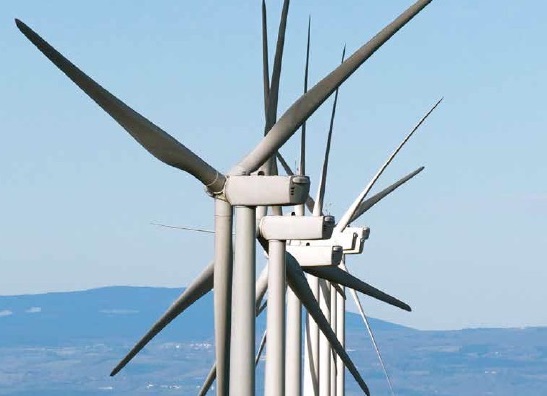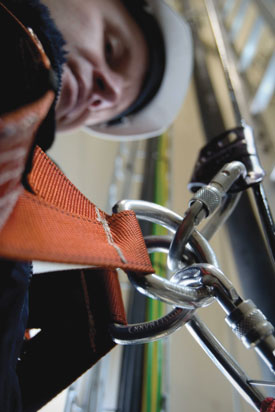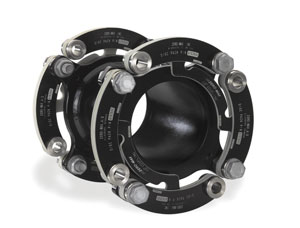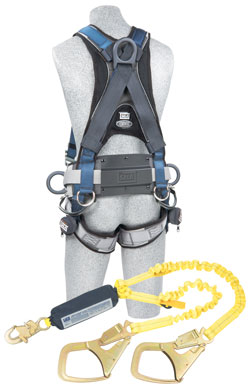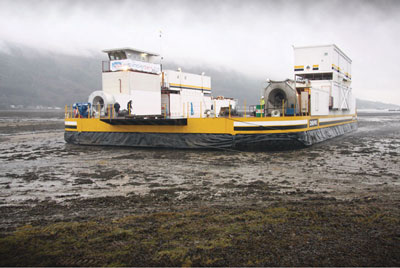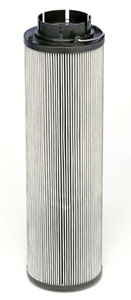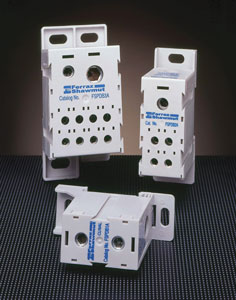American Superconductor Corporation, a leading energy technologies company, announces that it has received an order worth more than $10 million from ACCIONA Energy, a division of ACCIONA SA and a world leader in renewable power, for its new Dynamic VAR Ride Through (D-VAR RT) solution. Building on AMSC’s highly successful D-VAR platform, which provides critical dynamic reactive compensation required to connect many wind farms around the world to the power grid, the company’s D-VAR RT product enables individual wind turbines to continue operating smoothly by “riding through” voltage disturbances on power grids that might otherwise interrupt their operation. The D-VAR RT product meets stringent grid interconnection requirements, including Spain’s new Procedimiento de Operación 12.3 requirement for both existing and new wind turbines.
According to the Global Wind Energy Council, Spain was the world’s third largest wind power market at the end of 2008, with an installed base of more than 16,000 megawatts (MW). Disturbances such as momentary voltage dips can disconnect many wind turbines and cause instability on the transmission grid. Developed by Spain’s transmission system operator Red Electrica de España (REE), P.O. 12.3 requires that wind turbines remain connected to the grid through such events.
After extensive field testing and operation by an AMSC-ACCIONA Energy team at a wind farm with one of Spain’s most difficult climates, the D-VAR RT solution recently received official certification of compliance. ACCIONA Energy has initially ordered D-VAR RT solutions for an important amount of first-generation “squirrel-cage” wind turbines that are currently providing more than 250 MW of electricity in Spain to meet P.O. 12.3. AMSC will deliver all of the D-VAR RT solutions covered under this contract to ACCIONA Energy over the next few months.
The D-VAR RT solution can be installed inside or outside the tower of any wind turbine, enabling turbine manufacturers as well as wind farm developers, owners and operators to easily add the systems to new wind turbines or retrofit existing turbines. Utilizing AMSC’s PowerModule® PM3000W wind turbine converter, this scalable solution is designed for a wide range of wind turbines with power ratings from 500 kilowatts (kW) up to 10 MW. The powerful, cost-effective technology provides low and high voltage ride through capabilities to keep wind turbines running through grid disturbances. This product is based on AMSC’s patented D-VAR platform, which is supporting more than 3,300 MW of power at 40 wind farms around the world.
“With more than 6,000 megawatts of wind power installed and more than 15,000 additional megawatts in development, ACCIONA Energy is a global clean energy powerhouse and is an ideal first adopter for our new D-VAR RT solution,” says Timothy Poor, AMSC’s vice president of global sales and business development. “We see great potential for this product in Spain and other countries that adopt similar standards in the years ahead as wind power continues to play a more prominent role in the world’s electricity supply.”
ACCIONA Energy has been a renewable energy pioneer in its home market for well over a decade. In 1994, the company established its first commercial wind farms. Acciona is currently present in more than 30 countries on five continents, making it one of the world’s leading wind turbine manufacturers and wind farm owners and operators.
As a key player in the Spanish market, ACCIONA has contributed decisively to the growth in wind energy by developing and adapting innovative solutions that enable wind to become a main energy contributor. In this context, Acciona Energy has been involved in several technical working groups and committees with the aim of developing these new ride through standards. For more information on AMSC go to www.amsc.com/dvrt.html.
















